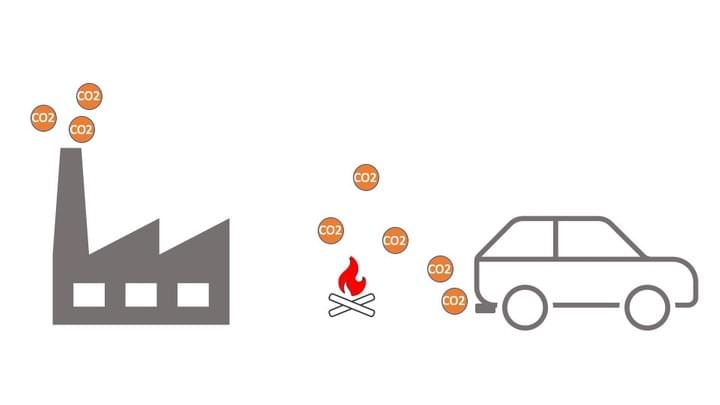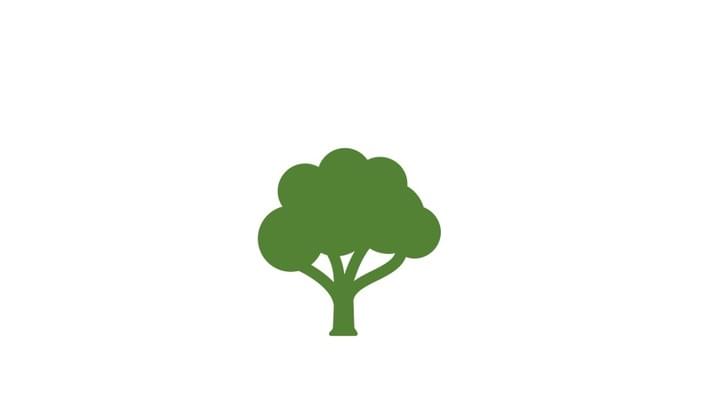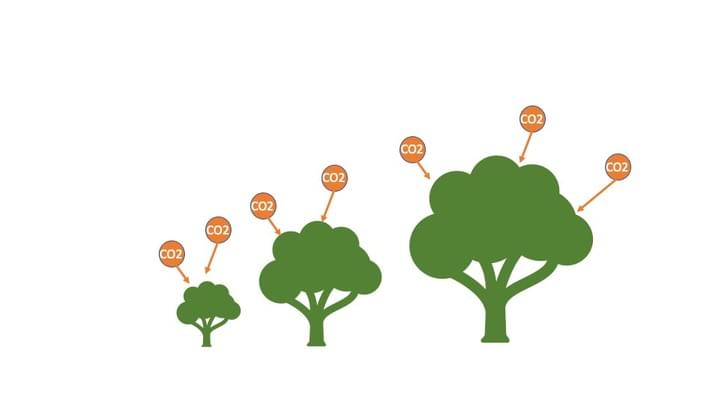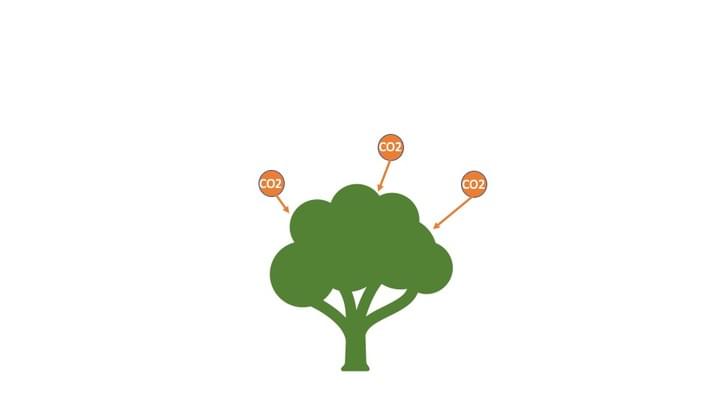


4. Tree Planting and TIST
Tree planting is one way that TIST farmers improve their farms and experience benefits. Some of these are benefits to you, some to your community, some to the environment, and some to all three!
Below are just some of the benefits of planting trees:
Planting trees addresses deforestation
Planting trees increases the size of forested areas.
Planting trees stops soil erosion
Tree roots help to stabilize the soil and reduce erosion, reducing soil loss through wind and rain.
Trees improve soil quality
The fallen leaves from the trees help stabilise the soil and improve the condition by adding nutrients such as nitrogen.
Trees provide income and nutrition
Many tree species produce fruit, such as avocado and mangoes, or nuts, such as macadamia.
Trees provide medicine
Some tree species, such as the arobaini or neem tree, contain useful medicinal properties.
Trees provide wood
Wood can be sustainably harvested from living trees or collection of fallen limbs.
Trees improve the climate
Trees eat carbon out of the atmosphere and improve the climate.
A TIST Farmer Explains the Benefits of Tree Planting
Hear directly from a TIST Farmer in Uganda as he discusses just a few of the many benefits that come with tree planting.
TIST Trees and Carbon
Planting trees is at the centre of the TIST Program. Planting trees with TIST contributes to the carbon business, and can also generate carbon money for you and your fellow farmers. In order to understand how TIST trees generate carbon money, you need to know the basics of capturing carbon. Below is a step-by-step explanation of the basics of capturing carbon.

Common activities like driving release carbon, also called CO2, into the air.

Carbon is a greenhouse gas that contributes to global warming.
This carbon stays in the atmosphere for many years.

One way to reduce carbon in the atmosphere is through trees. Trees need carbon to grow.

As trees grow, they capture carbon. This is called carbon sequestration. This reduces the amount of carbon in the
atmosphere and fights climate change.

Sometimes, an individual or business will pay for this carbon sequestration service. This is called the “carbon market” or “carbon money.” You can plant trees and participate with CAAC in this market.

You can receive 70% of the carbon profits for growing and keeping trees alive.
How do trees qualify for the TIST Program?
Below are the requirements you must meet in order for a tree to count as part of the program.
When do you plant the tree?
To qualify as a TIST tree, a tree must be planted after joining the TIST program. Trees that are already growing do not qualify as TIST trees.
At what height is a tree eligible?
Trees must also be at least 2 meters tall and the farmer must agree the tree will be maintained for at least 30 years (“Short rotation” trees do not qualify).
How should trees be planted?
To qualify as a TIST tree, proper tree spacing should also be maintained. To
capture carbon, a tree needs to grow large, so trees must be planted with a
2 meter spacing.
Where should trees be planted?
Trees must also be planted on your own land, or with permission from the landowner.
TIST and Planting Trees
Well done! Now that you have a better understanding of what it means to plant trees with TIST, it is time to learn more about the Carbon Credit Business. In the next section, you will learn more about the carbon cycle, global warming, carbon sequestration, carbon credits, and carbon income, as well as how TIST Farmers play an important role in combatting global climate change.
Congratulations for learning about the benefits of tree planting. Ready to move on? Click the button below for the next training.Side-Loading?
Do you need to take this training offline? Click on the button to the right to download this training content for side loading.
Have a question or comment? Click here to let us know.
Copyright © loading...







